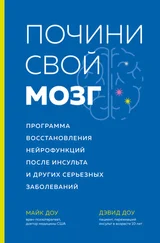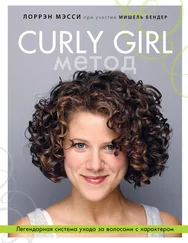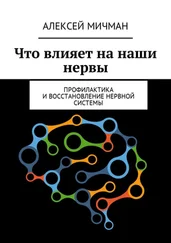Если вы воздерживаетесь от потребления сои, замените ее на филе куриных грудок. Отбейте грудки до толщины 3 мм. Исключите пункты 1 и 2 и готовьте дальше, как указано в рецепте.
Lauren Steele. Lloyd Mayer, and M. Cecilia Berin. Mucosal immunology of tolerance and allergy in the gastrointestinal tract. Immunol Res , DOI: 10.1007/s12026-012-8308-4.
Denise Kelly, Shaun Conway, and Rustam Aminov. Commensal gut bacteria: mechanisms of immune modulation. Trends Immunol 2005 Jun; 26(6).
Laurence Macia et al. Microbial influences on epithelial integrity and immune function as a basis for inflammatory diseases. Immunol Rev 2012 Jan; 245(1):164–176, DOI: 10.1111/j.1600-065X.2011.01080.x.
Hsin-Jung Wu and Eric Wu. The role of gut microbiota in immune homeostasis and autoimmunity. Gut Microbes 2012 Jan – Feb; 3(1):1–11.
S. Grenham et al. Brain-gut-microbe communication in health and disease. Front Physiol 2011; 2:94.
Graham A. W. Rook. Hygiene hypothesis and autoimmune diseases. Clin Rev Allerg Immu 2012 Feb; 42(1):5–15, DOI: 10.1007/s12016-011-8285-8.
J. Thorens et al. Bacterial overgrowth during treatment with omeprazole compared with cimetidine: a prospective randomised double blind study. Gut 1996 Jul;39(1):54–59.
Внутренние органы выстланы эпителием, который выделяет слизь. При нарушениях сначала образуются «прорехи» в слизи, а затем под прорехами гибнут клетки эпителия. Прим. науч. ред.
Christophe E. M. De Block, Ivo H. De Leeuw, and Luc F. Van Gaal. Autoimmune gastritis in type 1 diabetes: a clinically oriented review. J Clin Endocrinol Metab 2008; 93:363–371.
M. Lyte, L. Vulchanova, and D. R. Brown. Stress at the intestinal surface: catecholamines and mucosa-bacteria interactions. Cell Tissue Res 2011 Jan;343(1):23–32.
Femke Lutgendorff, Louis M. A. Akkermans, and Johan D. Söderholm. The role of microbiota and probiotics in stress-induced gastro-intestinal damage. Curr Mol Med 2008; 8:282–298.
Francisco Guarner, et al. World Gastroenterology Organisation global guidelines probiotics and prebiotics October 2011. J Clin Gastroenterol 2012 Jul; 46(6).
Saranna Fanning et al. Bifidobacterial surface-exopolysaccharide facilitates commensal-host interaction through immune modulation and pathogen protection. PNAS 2012 Feb 7; 109(6), DOI: 10.1073/pnas.1115621109.
A. Fasano. Leaky gut and autoimmune diseases. Clin Rev Allergy Immunol 2012 Feb; 42(1):71–78.
Linda Chia-Hui Yu et al. Host-microbial interactions and regulation of intestinal epithelial barrier function: from physiology to pathology. World J Gastrointest Pathophysiol 2012 Feb 15; 3(1):27–43.
Katherine R. Groschwitz and Simon P. Hogan. Intestinal barrier function: molecular regulation and disease pathogenesis. J Allergy Clin Immunol 2009; 124:3–20.
Перепечатано с разрешения Лиз Липски.
Centers for Disease Control. Fourth National Report on Human Exposure to Environmental Chemicals. www.cdc.gov/exposurereport/pdf/FourthReport_ExecutiveSummary.pdf.
Environmental Working Group. Human Toxome Project, Mapping the Pollution in People. www.ewg.org/sites/humantoxome.
Lyn Patrick. Mercury toxicity and antioxidants: part I: role of glutathione and alphalipoic acid in the treatment of mercury toxicity. Altern Med Rev 2002; 7(6):456–471.
Gilbert J. Fournié et al. Induction of autoimmunity through bystander effects: lessons from immunological disorders induced by heavy metals. J Autoimm 2001; 16:319–326.
Benjamin Rowley and Marc Monestier. Review: mechanisms of heavy metal-induced autoimmunity. Mol Immunol 2005; 42:833–838.
Ahmad Movahedian Attar et al. Serum mercury level and multiple sclerosis. Trace Elem Res 2012; 146:150–153.
A. Fulgenzi et al. A case of multiple sclerosis improvement following removal of heavy metal intoxication: lessons learnt from Matteo’s case. Biometals 2012 Jun; 25(3):569–576.
Glinda S. Cooper et al. Occupational risk factors for the development of systemic lupus erythematosus. J Rheumatol 2004; 31:1928–1933.
J. F. Nyland et al. Biomarkers of methylmercury exposure immunotoxicity among fish consumers in Amazonian Brazil. Environ Health Perspect 2011 Dec; 119(12):1733–1738.
F. C. Arnett et al. Urinary mercury levels in patients with autoantibodies to U3-RNP (fibrillin). J Rheumatol 2000 Feb; 27(2):405–410.
Carolyn M. Gallagher and Jaymie R. Meliker. Mercury and thyroid autoantibodies in U.S. women, NHANES 2007–2008. Environ Int 2012; 40:39–43.
Campaign for Safe Cosmetics. Lead in lipstick. http://safecosmetics.org/article.php?id=223.
Environmental Working Group. Skin Deep Cosmetics Database. www.ewg.org/skindeep.
Environmental Working Group. Bisphenol A. www.ewg.org/chemindex/chemicals/bisphenolA.
Environmental Working Group. Pharmaceuticals pollute tapwater. www.ewg.org/node/26128.
Cecilia Chighizola and Pier Luigi Meroni. The role of environmental estrogens and autoimmunity. Autoimmun Rev 2012; 11:A493–A501.
Aisha Lateef and Michelle Petri. Hormone replacement and contraceptive therapy in autoimmune diseases. J Autoimmun 2012 May; 38(2–3):J170–J176.
Под этим термином понимается много разных веществ. У человека три вида эстрогенов. В организм могут попадать и всякие гормоноподобные вещества различной природы. Строение их сходно, поэтому все они могут связываться с рецепторами для оригинальных трех эстрогенов человека. Прим. науч. ред.
Некоторые внешние гормоны обладают б о льшим сродством с рецепторами, поэтому взаимодействуют с ними сильнее и быстрее оригинальных. Если оригинальных гормонов стало меньше (например, из-за менопаузы), то внешние гормоны могут немного снизить степень этого процесса. Поэтому более правильно говорить о том, что эстрогены делятся скорее на собственные и внешние, нежели на хорошие и плохие. При этом автор пишет, что эстрогены уже в печени преобразуются в хороший или плохой эстрогены. То есть автор классифицирует эстрогены, уже прошедшие через первый этап метаболизации. Общий вывод из всей части: лучше, чтобы в организме было поменьше чужеродных веществ, обладающих эстрогенной активностью, а хороший/плохой позволяет немного разделить эти вещества на совсем нежелательные и те, что не так опасны. Прим. науч. ред.
Читать дальше
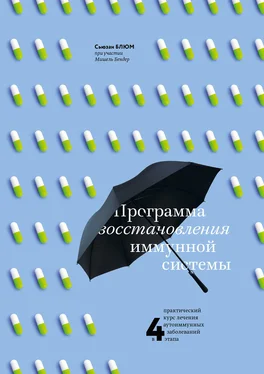
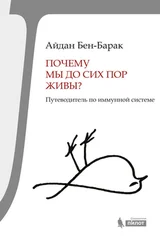


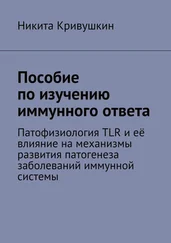
![Дэвид Доу - Почини свой мозг. Программа восстановления нейрофункций после инсульта и других серьезных заболеваний [litres]](/books/431118/devid-dou-pochini-svoj-mozg-programma-vosstanovlen-thumb.webp)




